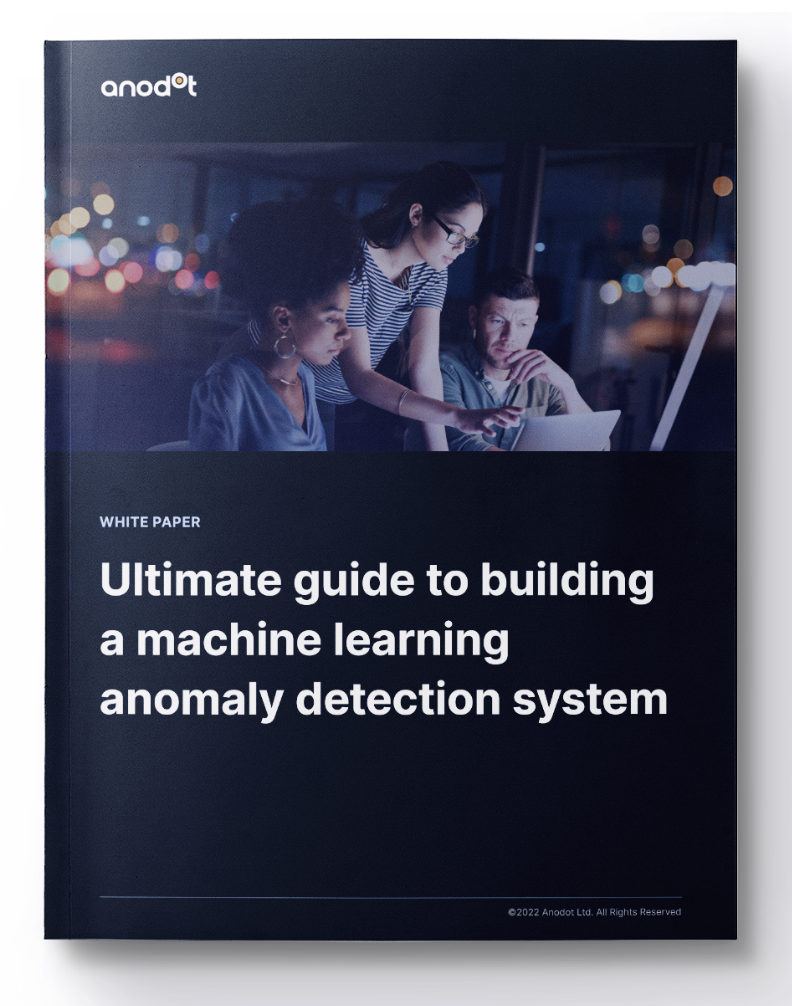Forecasting at scale isn’t just about algorithms — it’s about building an architecture that runs them reliably, continuously, and without needing a data science team on standby.
Part 3 of our guide takes you inside the technical backbone of Anodot’s Autonomous Forecast. From model training and data storage to orchestration and continuous forecasting, this paper reveals how a forecasting system becomes a fully productized solution.
“Productizing the generation of accurate on-demand or continuous forecasts requires a system architecture and many technical components. Anodot describes the architecture that underlies Autonomous Forecast.”
What’s inside:
-
Key system components: data store, training, forecasting modules
-
How Anodot orchestrates LSTM, Prophet, and ensemble models
-
Apache Airflow, Kubernetes, and persistence layer design
-
Considerations for building vs. buying a forecasting solution



